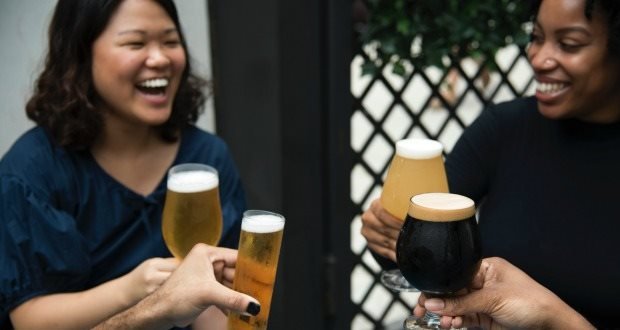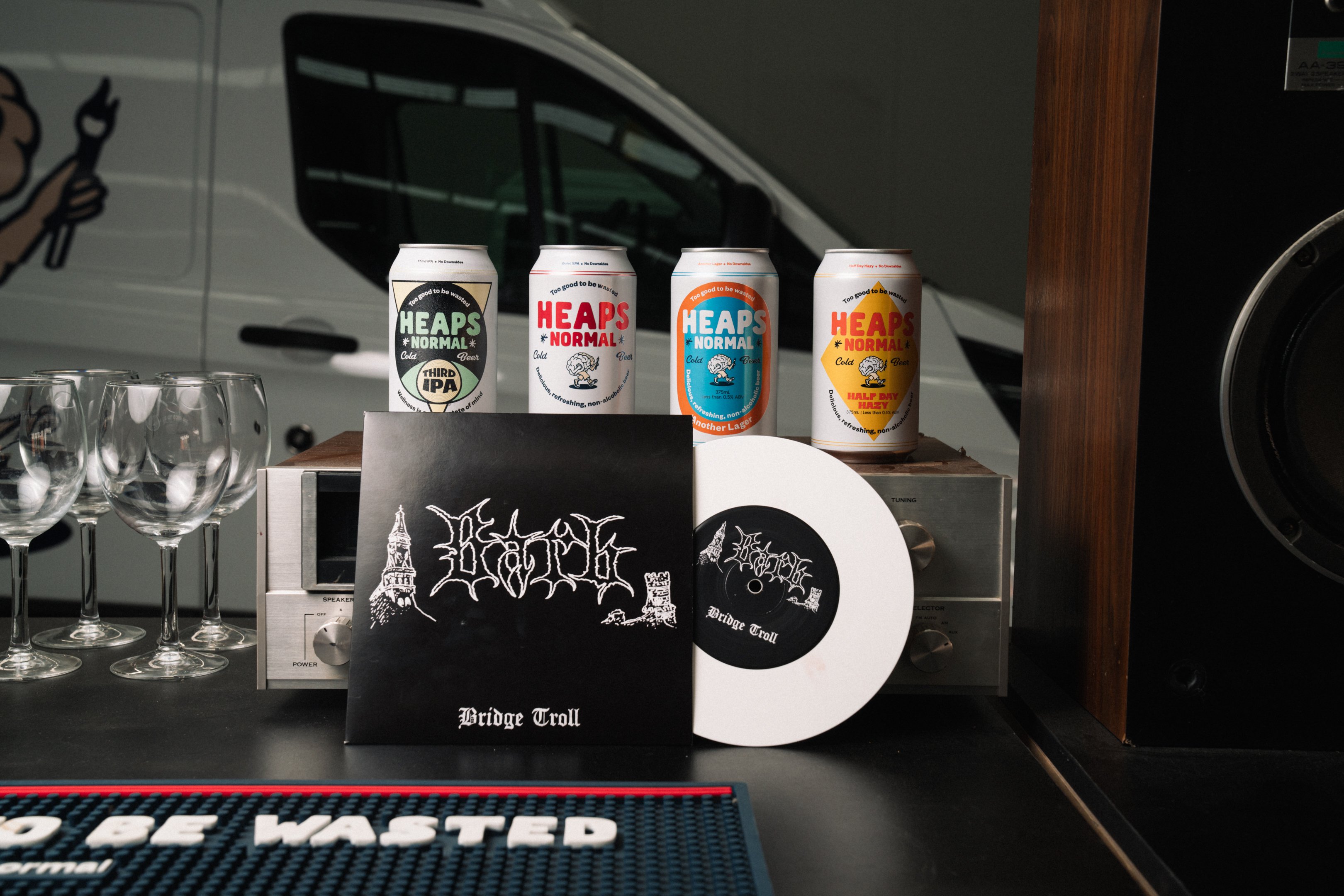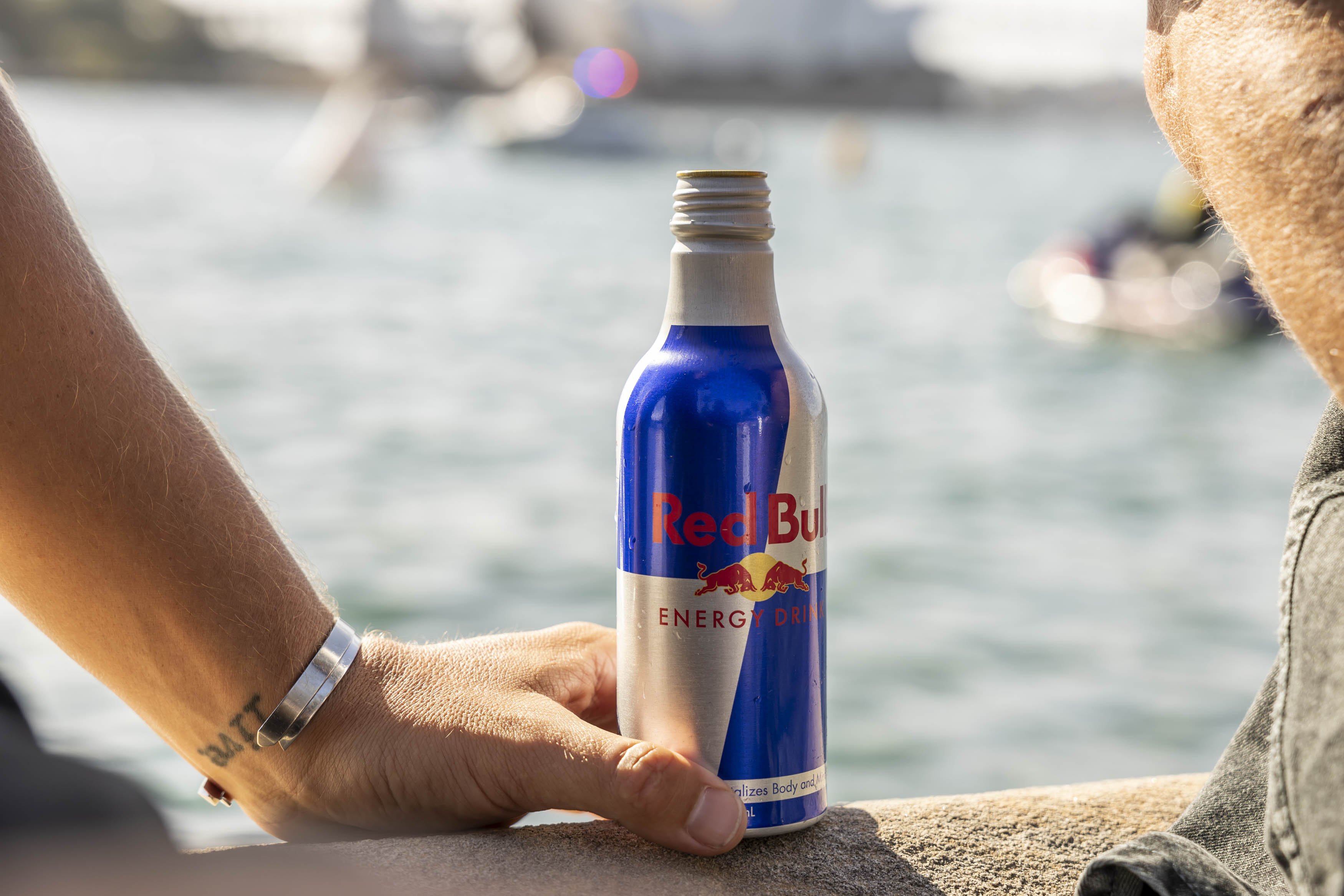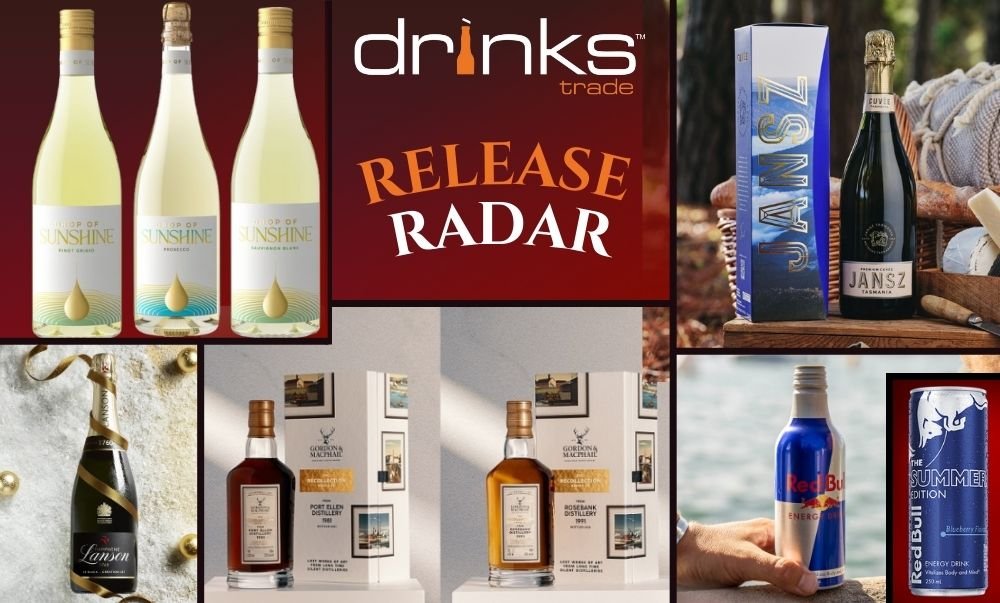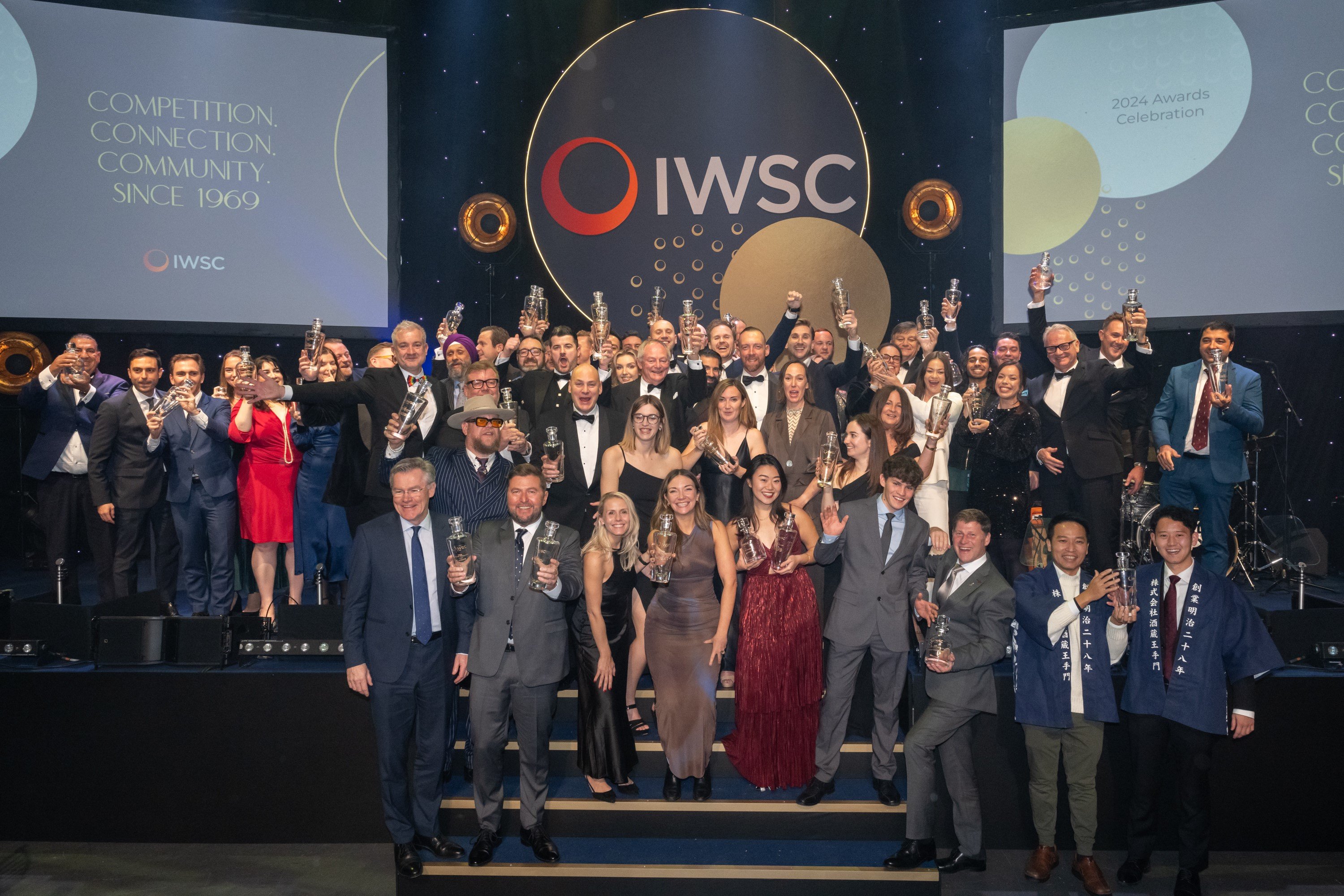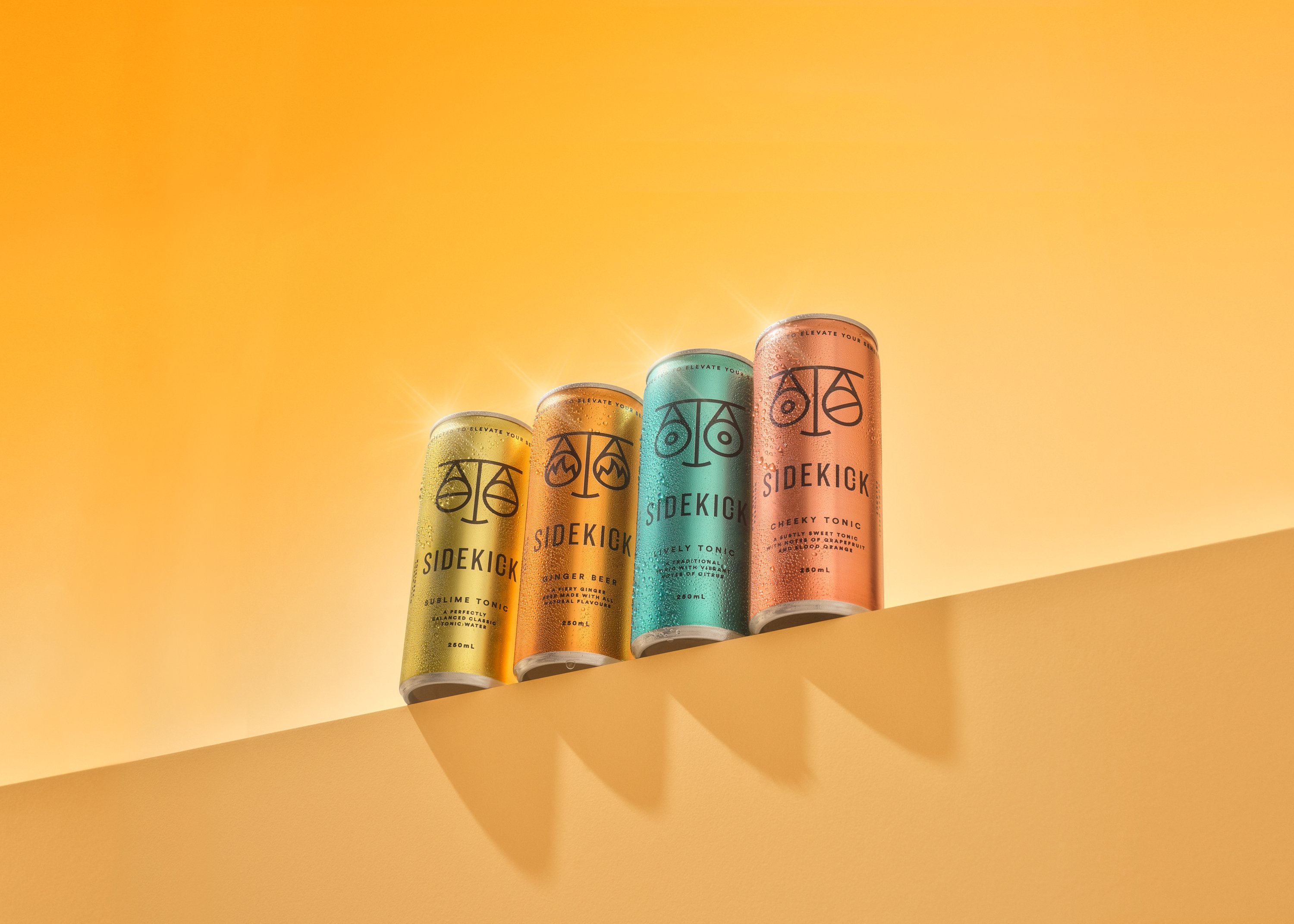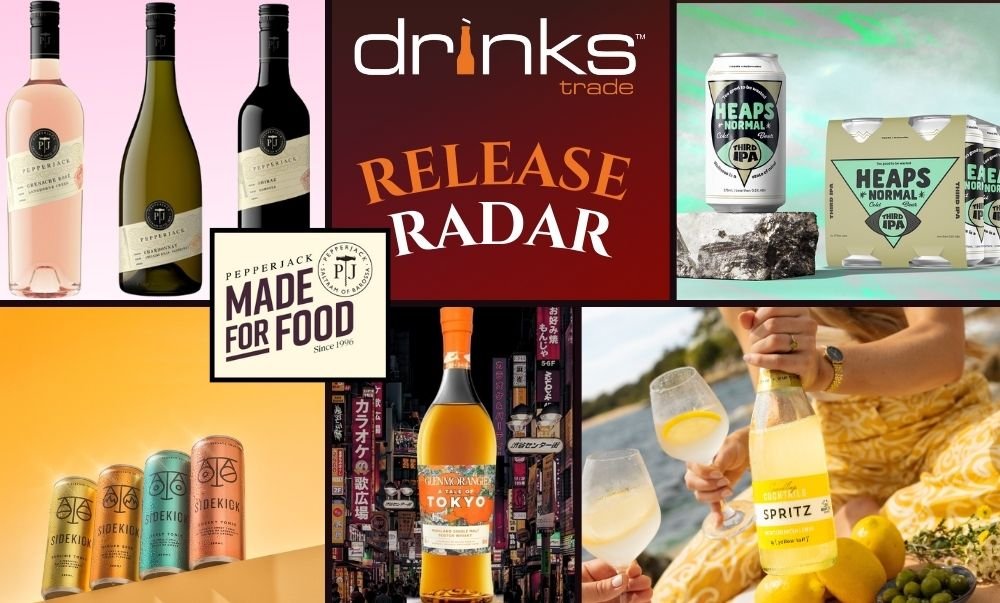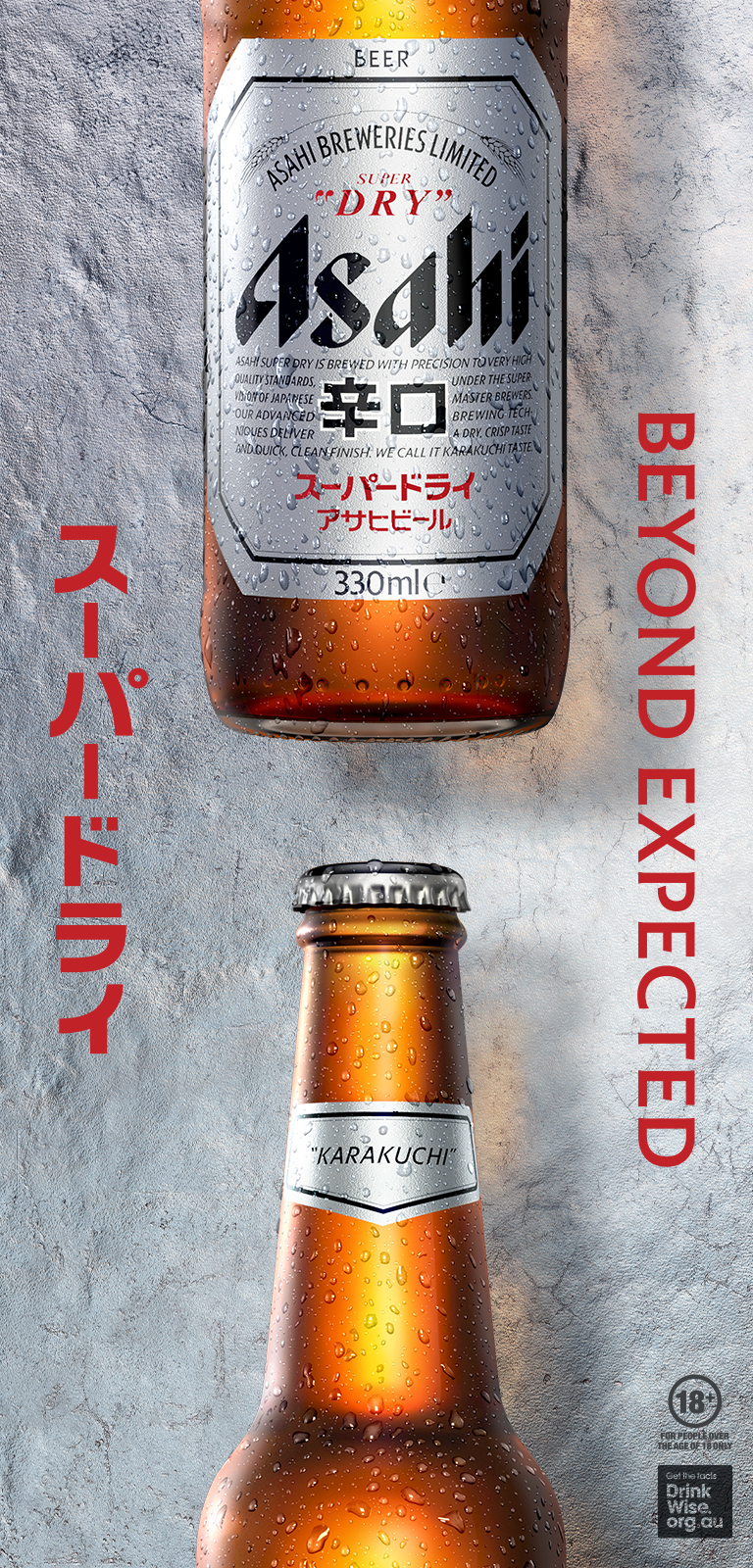Moving beyond Dry January and Feb Fast, drinks companies are seeking new ways to appeal to younger generations who are drinking less.
The growing moderation movement among millennials is forcing bars, bottle shops and alcohol brands to adapt.
More low- and no-alcohol products are both in development and on shelves, while drinks menus are increasingly including fancy non-alcoholic cocktails on their menus to appeal to abstinent consumers.
According to a spokesman for CUB, the release of non-alcoholic Carlton Zero last year "has been one of the most successful new product launches we’ve ever had".
Data from market research company IRI shows monthly sales of non-alcoholic beer in bottle shops have increased up to 10-fold since Carlton Zero's launch.
Meanwhile, Diageo recently launched an ad campaign for responsible drinking - 'Guinness Clear' - as part of its sponsorship of the 2019 Six Nations rugby tournament.
The ad satirizing the cliches of beer advertising, with H20 splashing into a beer glass from a tap and drinkers enjoying the taste of water. A master brewer-type holds up liquid "made to a time-honored recipe" and the ad ends with the voiceover telling consumers to "make it a night you'll remember."
Mark Sandys, Global Head of Beer, Baileys and Smirnoff at Diageo, said in a statement: “We think the light-hearted approach delivered through Guinness Six Nations will drive conversation and put responsible drinking to front of mind throughout the Guinness Six Nations and beyond. We want to make sure that ordering water, no matter the context, is an active and positive choice by the millions of fans who will be watching and attending the Guinness Six Nations over the next six weeks.”
Carlsberg's alcohol-free beer brands also saw volume growth of 33% in western Europe in 2018.
Adapting to changing consumer consumption habits
As moderation and abstention become growing buzzwords, research from IRI shows how the drinks industry can become increasingly agile in the space.
IRI explores the growing low and no-alcohol segment in its Liquor Trends Series. The five part series includes reports on "Moderation & Abstention", "Alcohol Free Alternatives", "The Rise of Lower ABV Liquor Products" and "Better For You Attributes".
In this series opener – Moderation & Abstention – IRI explores how growing numbers of drinkers across western liquor markets, including Australia, are putting more thought into moderating the amount of alcohol they are consuming in an attempt to develop a healthier relationship with alcohol.
Liquor abstention rates – which range from 20-23% of the legal drinking age population – are showing a long-term rise. ‘Temporary abstention’ is also on the rise, as drinkers internationally become prone to giving up alcohol for a period of time each year.
"Such behaviours underpin why Australians are drinking less alcohol now than any time in past 50 years," notes Daniel Bone, IRI Retail Insights Lead.
"Deliberate attempts to moderate intake, which IRI term a ‘moderation mindset’, have inevitably impinged on total industry volumes.
"There is a clear trend towards a reduced propensity to drink daily or weekly. In other words: a reduction in the number of occasions on which alcohol is consumed per week. And this will be the ‘new normal’ for the industry given that younger aged drinkers – dubbed ‘generation sensible’ by some media sources – are at the forefront of the abstention and moderation trend."
IRI research suggests health and moderation themed products will occupy a greater role in drinkers’ repertoires.
"Innovation pipelines and retailer ranging must better reflect this," Bone said.
Bone offered the example of Aperol’s double-digit global growth and additional $10million in actual dollar growth over the past two years as an example of a brand that has successfully capitalised its lower alcohol content and use of natural ingredients.
"But the brand’s ‘cultural capital’ is also a story of marketing effectiveness and an approachable price point," he said.
Mid-strength beer is another Aussie success story.
"Palatable price points as well as the ‘on-trend’ 3.5% ABV have also propelled Great Northern Super Crisp and Iron Jack Crisp.
"And the profound impact of just a select few mid-strength beers brands has prompted a clear industry push across beer segments as more ‘sessionable’ craft and international lager offerings enter the market with a discernible impact on growth."
Education is key
Bone also noted that other markets are currently far more advanced in embracing the moderation trend than Australia, while alcohol-free is also more dynamic and developed outside of Australia.
"Getting consumers to reconsider their repertoire of alcohol-free drink choices will require more focus, educating consumers and the trade on how, when and why these products should be enjoyed," Bone said.
"Competition between traditional liquor brands and soft drink brands for ‘share of throat’ will intensify as boundaries blur - The battleground will be less around ABV and more about nuanced flavours, the occasion and the experience.
"As the trend expands, retailers need to ensure a more diverse selection exists across ABV levels, including alcohol-free."
Across all categories, shoppers are embracing products with better-for-you attributes and looking for options that better align with their health aspirations, irrespective of ABV level.
"Smirnoff’s lower sugar RTD remains a key success story in the resurgent RTD category and to the Smirnoff brand with the overwhelming majority of trialists having never purchased a Smirnoff product before," he said.
Better-for-you is the core driver behind spiked seltzers continuing to lure health-conscious US drinkers.
"And at a time when international brands – especially private labels – are embracing smaller, portioned controlled wine packs, it is notable that piccolo-sized wines are outpacing the overall category, at +13% YOY.
"Going forward, changing motivations and beliefs surrounding health will propel new niches which will likely result in a proliferation of products catering for more specific demands."
Click here to read more about the Liquor Trends Series
For further information , email IRI Australia at ask@iriworldwide.com.au
Share the content
